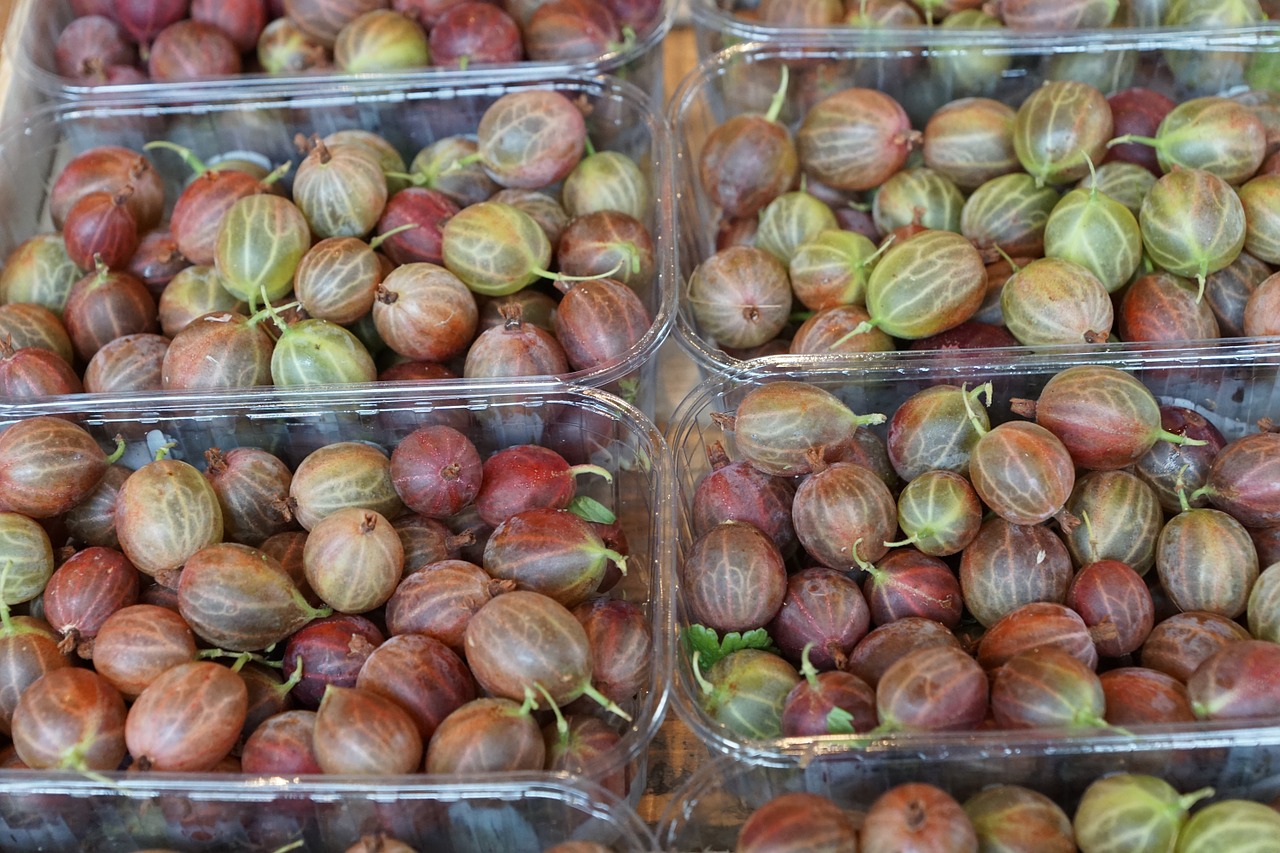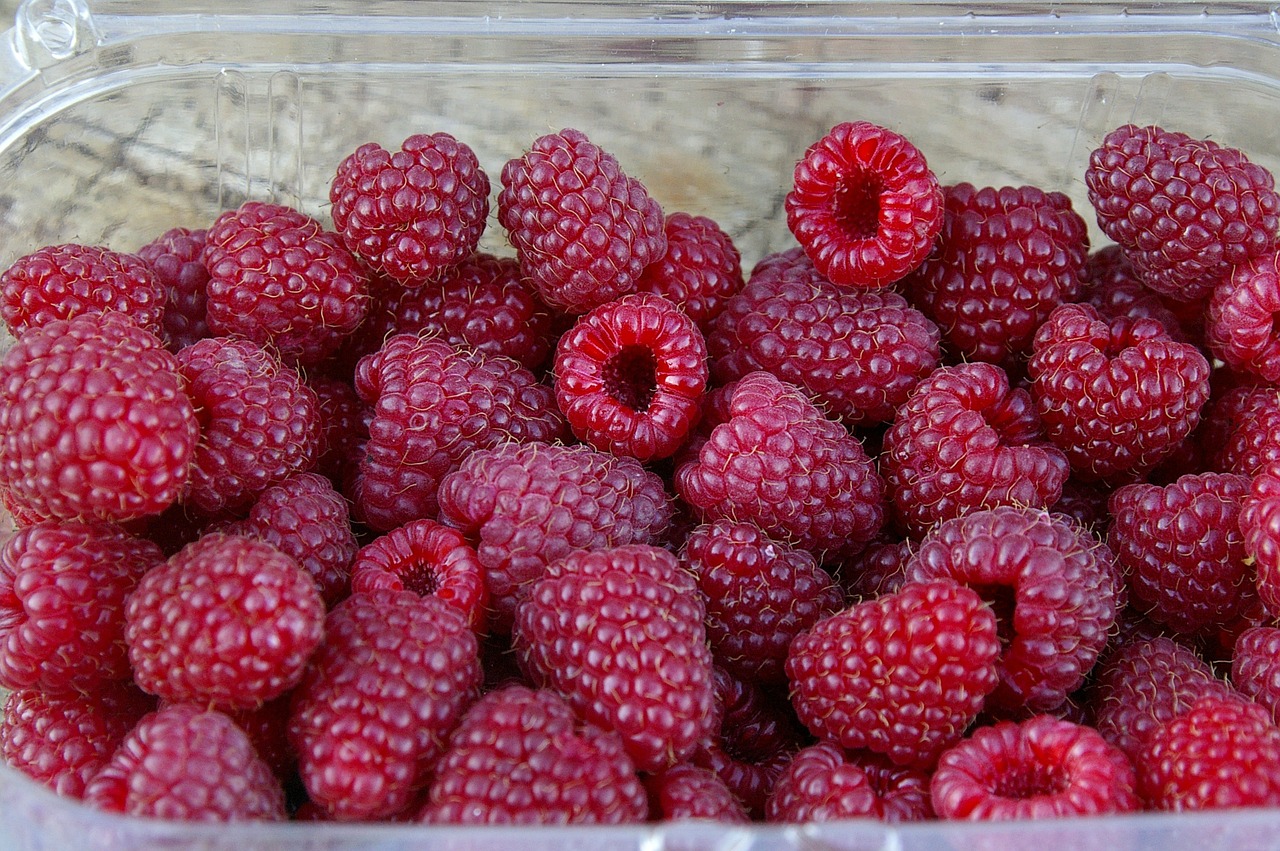Unpacking Plastic Packaging

Gayle Palas
Consumer opinion can make or break a brand. The recent surge in awareness around food waste, the climate crisis, and ocean pollution has increased anti-plastic sentiments and triggered campaigns to remove single use plastic from our communities. Naturally this has extended to food packaging where the impact of consumer perspective is starting to be seen at the checkout.
Consumers’ food ideologies are closely connected with their food purchasing habits. This is especially true in the organic industry. Organic farming is often associated with a more sustainable approach to food production. In a 2016 study from Pew Research Center on views about and consumption of organic foods, 33% of participants surveyed who bought organic food in the past month mentioned helping the environment.1 Follow that up with a search on Google for the phrase “packaging and the environment,” which brings up 302 million results, and there literally might be millions of consumers who, by association, believe that organic food packaging is somehow better for the environment. This puts a significant amount of added pressure on the organics industry. What might be seen as a new ‘green’ feature by a major brand, might simply be expected in organics.
Sustainability Influences Purchase Intent
We know sustainability influences purchase intent. According to the Harvard Business Review, “Today’s consumers perceive a higher level of product performance in products from sustainable companies and sustainability information has a significantly positive impact on consumers’ evaluation of a company, which translates into purchase intent.”2 This means that communicating packaging sustainability choices to consumers needs to be a company priority. However, sustainability is not the most important role of packaging.
What is the Role of Packaging?
Food packaging is responsible for containing, protecting, and selling a product. It has to balance product quality with an efficient shape and dimension that minimizes cost, all while still providing the safety and integrity needed for the product. It also has to ensure that the product stays in perfect condition until it reaches its end user. This means defending against transport issues, travel vibrations, and temperature changes, which can all affect spoilage. Last but not least, packaging is the silent salesperson. When done well, it promotes the product at the point of sale, tells the company story, and attracts new and returning buyers.
There is a lot of responsibility on this aspect of the business and it is being put under increasing scrutiny. With the rise in anti-plastics sentiment, consumers are pushing back in the grocery stores. They are demanding alternatives to single use plastics.

The Challenge is Real
A good example of the challenge that exists is producers who typically sell their value-added products in a bag or clamshell, as many organic greens are sold. Clamshells are seen by the consumer simply as a piece of plastic. They fail to recognize that clamshells are a popular choice because they solve a myriad of other challenges. Clamshells are a terrific way to introduce new products by providing high visual appeal. They reduce handling, are stackable to maximize display options, reduce spoilage, and provide significantly more marketing space than a reusable bag. For the berry industry, clamshells have been a game changer. The berries are protected so there is no more labour-intensive culling at the store level and they can be stacked four or five layers deep, all because of packaging. Strawberries, for example, are no longer the most labour-intensive items in the produce department, so naturally retailers love the clamshell.
But the consumer doesn’t know the reasons behind a company’s packaging choices. It has become a binary decision with the two alternatives being plastic or no plastic. The consumer has no idea how much influence the grocery chains have on packaging. They do not realize that packaging plays a significant role with the grocery buyer when they are determining if a product will be listed or not. They also don’t realize that their own buying habits, and the analytics grocery retailers look at regularly, influence the decisions that those retailers make.
Which means that the responsibility falls on the individual companies to explain their packaging choices to the consumer.
Why Companies Need to Talk About Packaging as Part of Their Sustainability Values
Because there isn’t a sign beside the plastic tubs of organic salad greens that tells consumers where they can recycle the containers locally (although hopefully one day there might be) or how they fit into the circular economy, companies have to find another way to get the message out.
The reason the message needs to be proactive is three-fold. First, by preparing the information in advance, companies have the opportunity to craft a solid message built around their values. No one is caught standing at a trade show in front of a potential buyer fumbling around how to add it to the value proposition. Second, consumers want to know that the packaging choice was thought about and acted on. It builds trust. If sustainable packaging is important to the consumer, it can be a deal breaker if they can’t quickly verify the company’s choices. Finally, with a proactive message, the entire team will sing from the same song sheet. This will build company culture and strengthen the brand message.
How to Talk About Packaging
Make it easy: Add a QR code to the product label that takes consumers to a dedicated section on the website that clearly explains the company’s sustainability values. This can be applied to any consumer facing packaging as part of the label, adding a band, or a sticker.
Use an omnichannel approach: Implement a cross-channel campaign that moves the sustainability message up front and drives interested consumers to the appropriate section of the website. This enhances the brand and presents a good opportunity to talk about more than sustainable packaging choices. As long as it isn’t greenwashing, this is could be a powerful brand message that is very much on trend.
When is it Time for New Packaging?
Sometimes the right choice is to change packaging. There is a lot of new design and development occurring in the packaging industry as companies race to find solutions to the climate crisis, making it a complicated decision. The packaging choices a company makes today may have significant impact in the future as product sustainability features gain importance in the eyes of the major retailers and new consumers.
Packaging truly is a company’s silent salesperson. It makes the product look good, keeps it safe and fresh and communicates the brand story. Until a sustainable packaging alternative to plastic is developed, companies using it as part of their consumer facing products will have to focus on weathering out the anti-plastic media storm with compelling storytelling.
Two resources to help guide packaging decisions:
- The PAC Packaging Consortium, a top North American organization leading the way in reducing packaging waste produced a packaging sustainability guide to help companies make better decisions around sustainability.
- If it’s a packaging process refresh that is needed, PackYourProduct.com and the How to Package Your Product in 10 Steps checklist is a step by step guide to streamlining the packaging process and avoiding common mistakes.
Gayle Palas provides customized training, marketing insight, and research for the agrifood industry. She has delivered programs across Western Canada that help entrepreneurs grow and scale their food businesses regionally and internationally. In addition to her passion for adult learning and commitment to sustainability, she is a co-founder of PackYourProduct.com, a free online resource that connects people and ideas around how to package their products.
Resources:
1. (2016). Americans’ views about and consumption of organic foods in The New Food Fights: U.S. Public Divides Over Food Science. Pew Research Center. pewresearch.org/science/2016/12/01/americans-views-about-and-consumption-of-organic-foods/
2. Whelan, T., and Fink, C. (2016). The Comprehensive Business Case for Sustainability. Harvard Business Review. everestenergy.nl/new/wp-content/uploads/HBR-Article-The-comprehensive-business-case-for-sustainability.pdf

